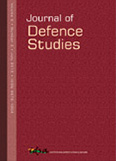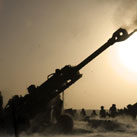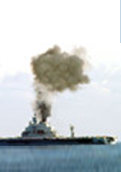Effectiveness of Quality Assurance in Army Procurements
A closed loop feedback system for ensuring the quality of the Army equipment exists. Notwithstanding this, a number of Army equipment show a high failure rate at crucial times and are, therefore, a matter of great concern. These failed equipment have resulted in a number of avoidable casualties as well as restricted operational planning by tactical commanders in the field due to the non-availability of equipment for deployment, which results from their low reliability or high rates of failure.
- Mahendra Prasad
- July 2013












